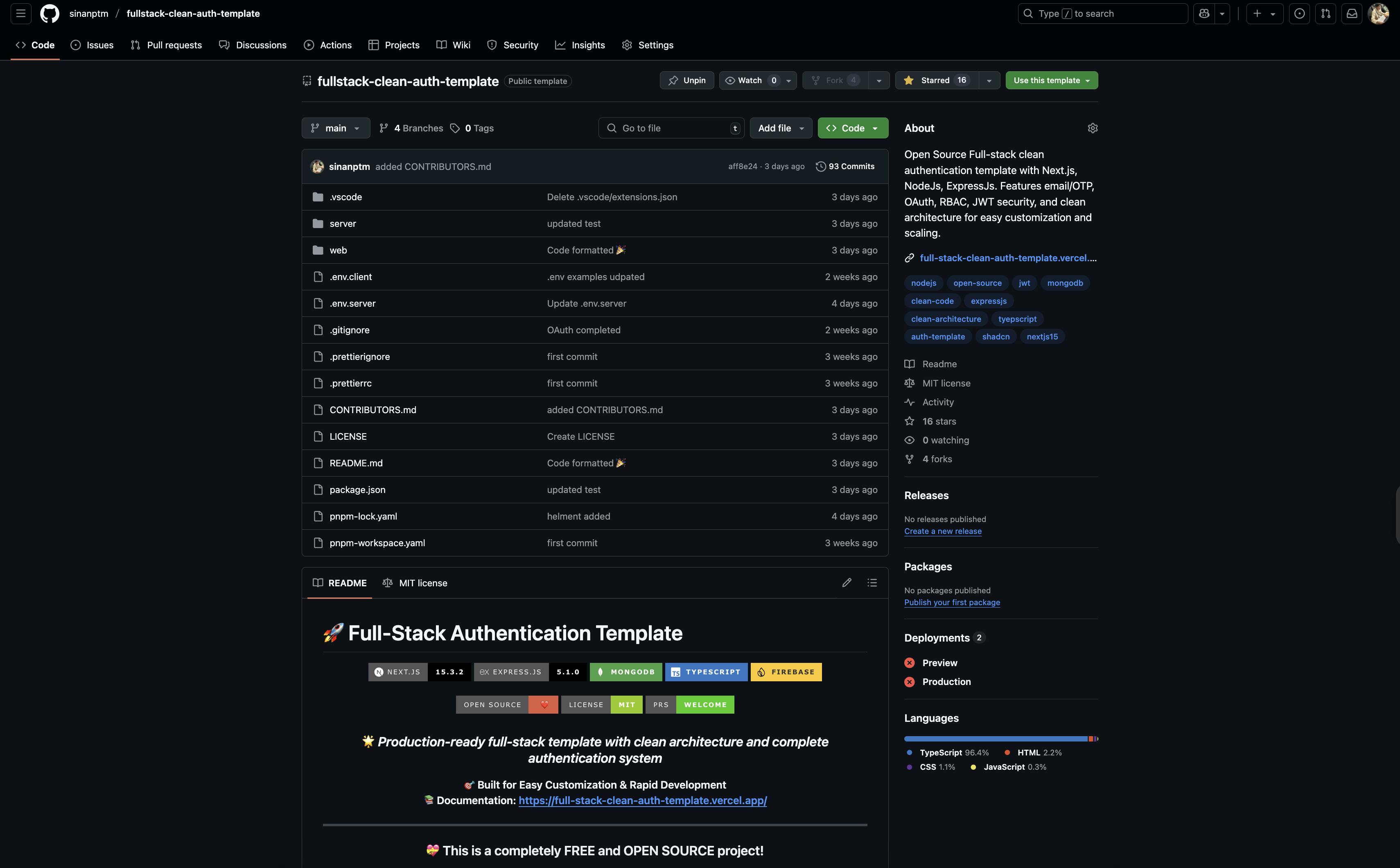Rising utility costs and homeowners’ desire to decrease their carbon footprints have inspired an interest in residential renewable energy. However, while transitioning to clean power at home has many benefits for the planet and people’s wallets, it’s not always as simple as installing rooftop solar panels or a geothermal heating system. Homeowners may face these six challenges when powering their homes with renewables.
1. Initial Investments Are Costly
Before federal tax credits, state incentives, and manufacturer rebates kick in, the initial investment in renewable energy is costly. Without discount opportunities, homeowners pay about
Other renewable energy sources are also pricey. On average, homeowners could
Some geothermal setups are even more expensive, like a horizontal closed-loop system, which costs between $15,000 and $34,000 but is ideal for rural properties. Meanwhile, a vertical closed-loop system could cost anywhere from $20,000 to $38,000 for rural or urban properties with limited space.
It’s still worth exploring federal tax credits to offset the costs of energy-efficient upgrades. Homeowners may be eligible for a
2. Solar Power Is Weather-Dependent
Rooftop solar panels do an excellent job of providing clean energy to homes under ideal conditions. For example, they work best on a clear, sunny day with minimal cloud coverage and cooler temperatures. Even fog or shady trees can hinder how much sunlight the panels absorb, limiting power output.
Other weather conditions may also impact solar panels’ ability to provide power. Though wind can cool the system, it can also carry damaging debris. The same occurs with extreme weather events like hurricanes, tornadoes, heat waves, and freezing temperatures, which could adversely affect the rooftop solar system.
Though homeowners can’t control the weather, they can remove overhanging and dead trees to prevent branches from snapping and falling on the panels.
3. Limited Transmission Infrastructure Impacts Net Metering
Much of the United States’ grid transmission lines and transformers have
Limited transmission infrastructure may cause grid congestion — when there’s too little capacity to transfer excess residential renewable energy from homes to the grid. Homeowners
Additionally, net metering equates to a faster return on investment. Without it, homeowners’ payback period for their rooftop solar power system is much longer. They also remain reliant on traditional grid power even if their solar panels produce excess power, making their investment in clean energy less attractive.
To overcome this problem, homeowners should advocate for improved net metering policies with local utilities and consider alternatives like feed-in tariffs. Exploring community solar programs is another option if available.
4. Efficient Energy Storage Is Lacking
While renewable energy advancements are impressive, efficient at-home energy storage is still lacking. Sufficient power storage can retain excess renewable energy until homeowners need it. Its application is essential to
However, renewable energy storage has several limitations, including solar and wind intermittency, high costs, supply chain issues and limited life spans. With home batteries, the frequent degradation and replacement also pose a negative environmental risk.
Despite this, engineers are
While renewable energy storage is still in its infancy, homeowners should consider existing solutions. Integrating smart energy management software will further allow them to maximize solar storage capacity and efficiency and optimize the available energy.
5. Cyberattacks May Disrupt the Power Supply to Homes
Homeowners must contend with cybersecurity threats on the renewable energy supply as they would with any modern technology. The system requires an internet connection to control or monitor power outputs, thus increasing the risk of a cyberattack. Criminals often target inverters — the components used to
Cyberattackers can disrupt the power supply by tampering with renewable energy systems. The rising threat led the FBI to issue a warning in July 2024, recommending that businesses and individuals
6. Renewable Power Systems Require Enough Space
According to SolarReviews, the average home — about 2,000 to 2,500 square feet —
Unfortunately, homeowners may face several hurdles when installing the correct number of panels. For example, a home with expansive square footage may have a narrow roof design or obstructions such as chimneys, vents, and skylights. Though high-efficiency solar panels can generate more power in less space, they are more expensive.
Geothermal heat pumps also have space requirements, depending on the type you install. For instance, horizontal arrays need approximately
Homeowners may overcome space limitations by exploring creative vertical solutions, such as installing solar panels on walls and fences. Community solar projects with large off-site arrays may be another option. If possible, property owners should consult with a geothermal energy expert to determine if they can install vertical heat pumps instead.
Clean Residential Energy Is Still Worth the Investment
While several barriers to renewable energy adoption exist, there are always ways to overcome them. Many people find that switching to clean energy at home accrues massive energy savings and a better quality of life, regardless of the challenges.










